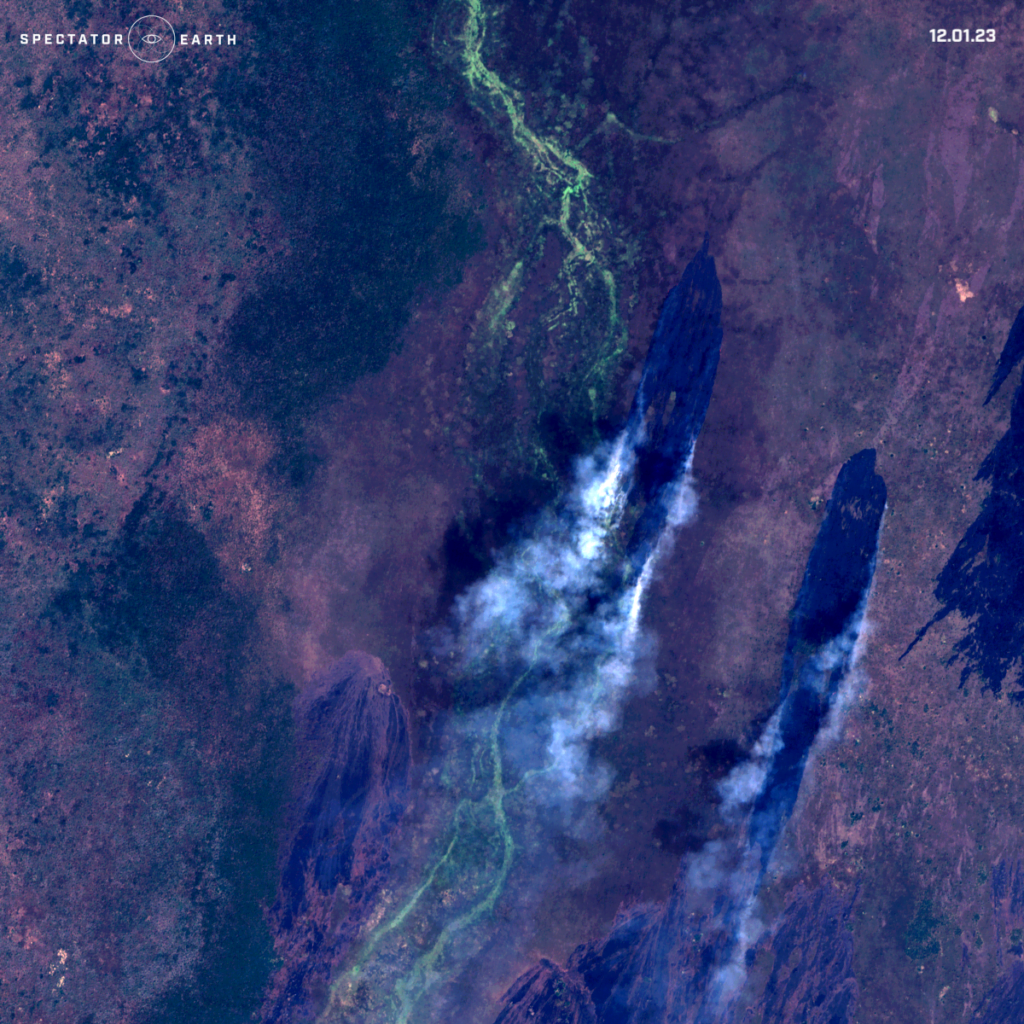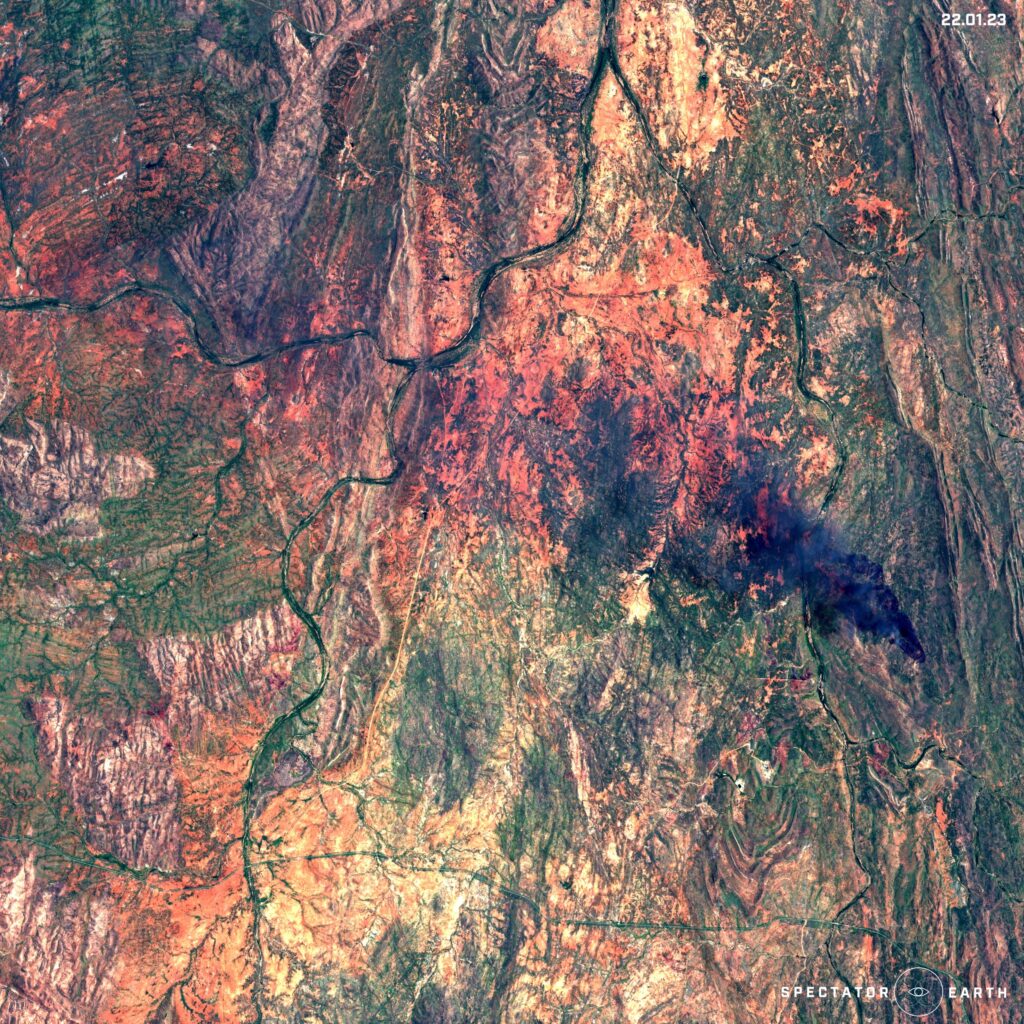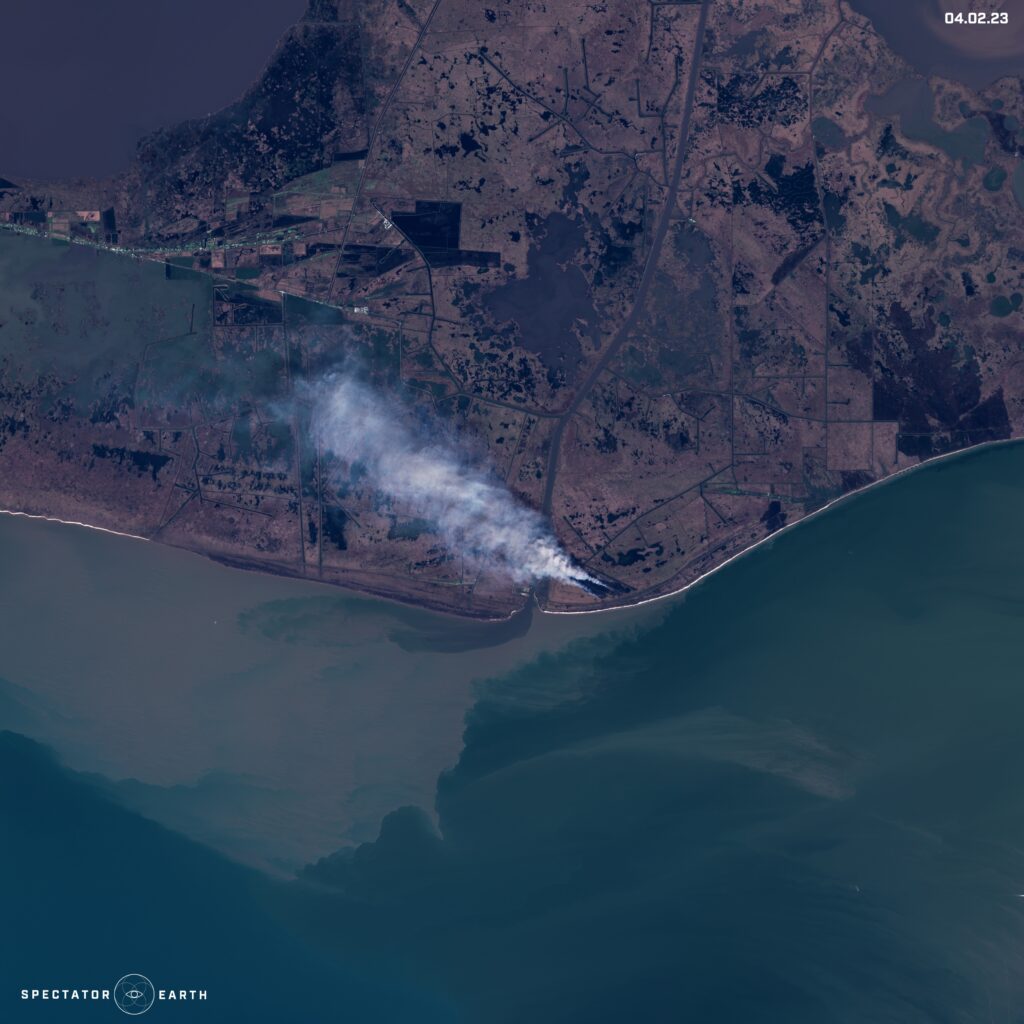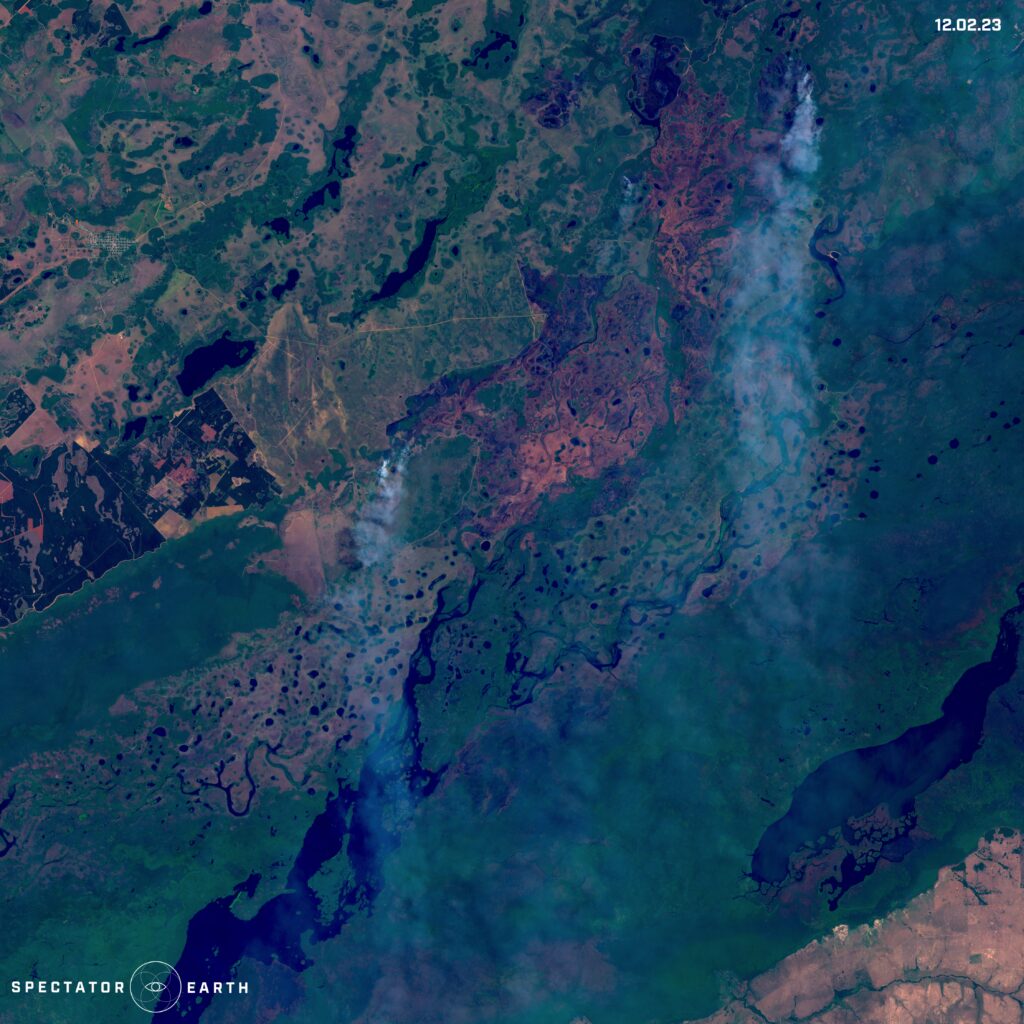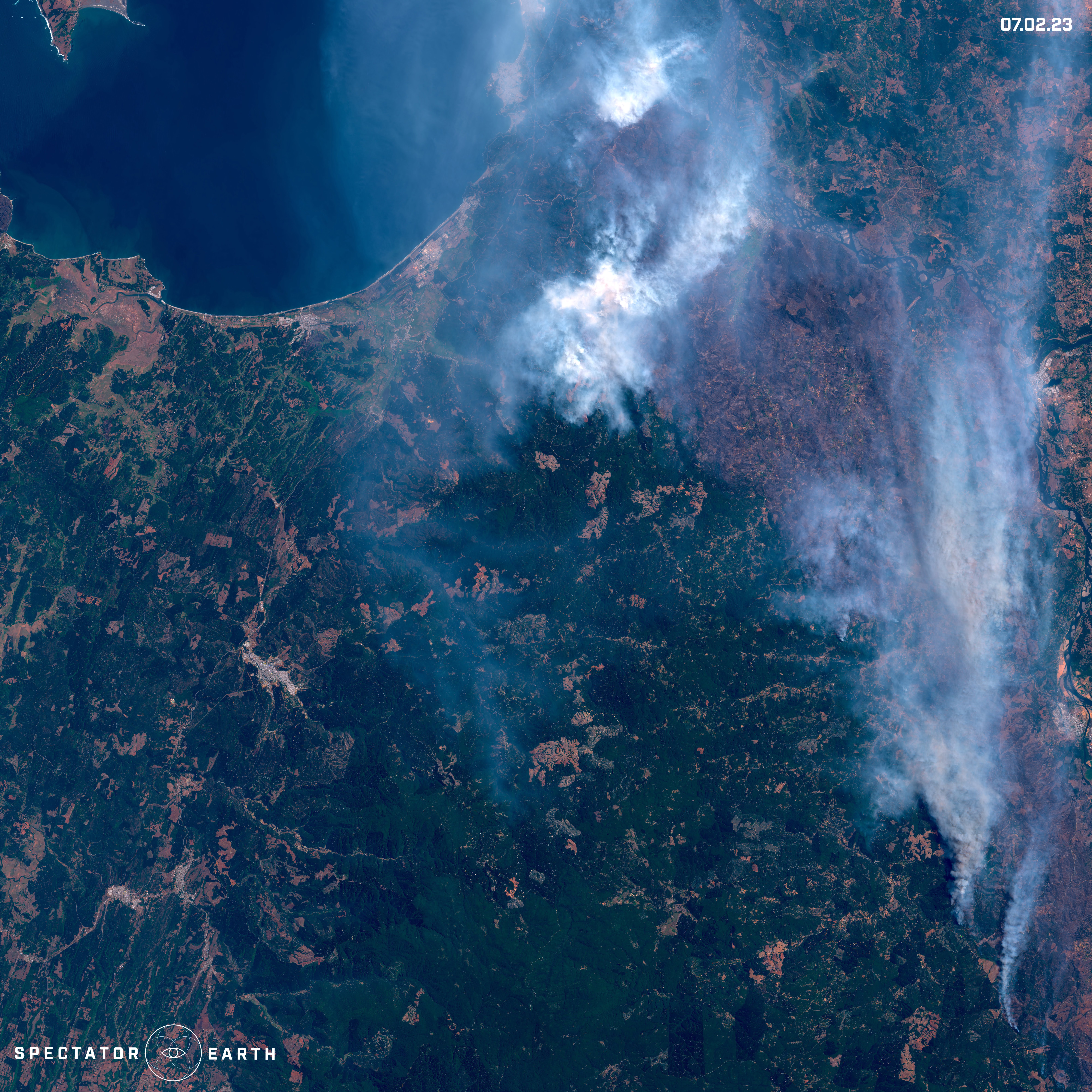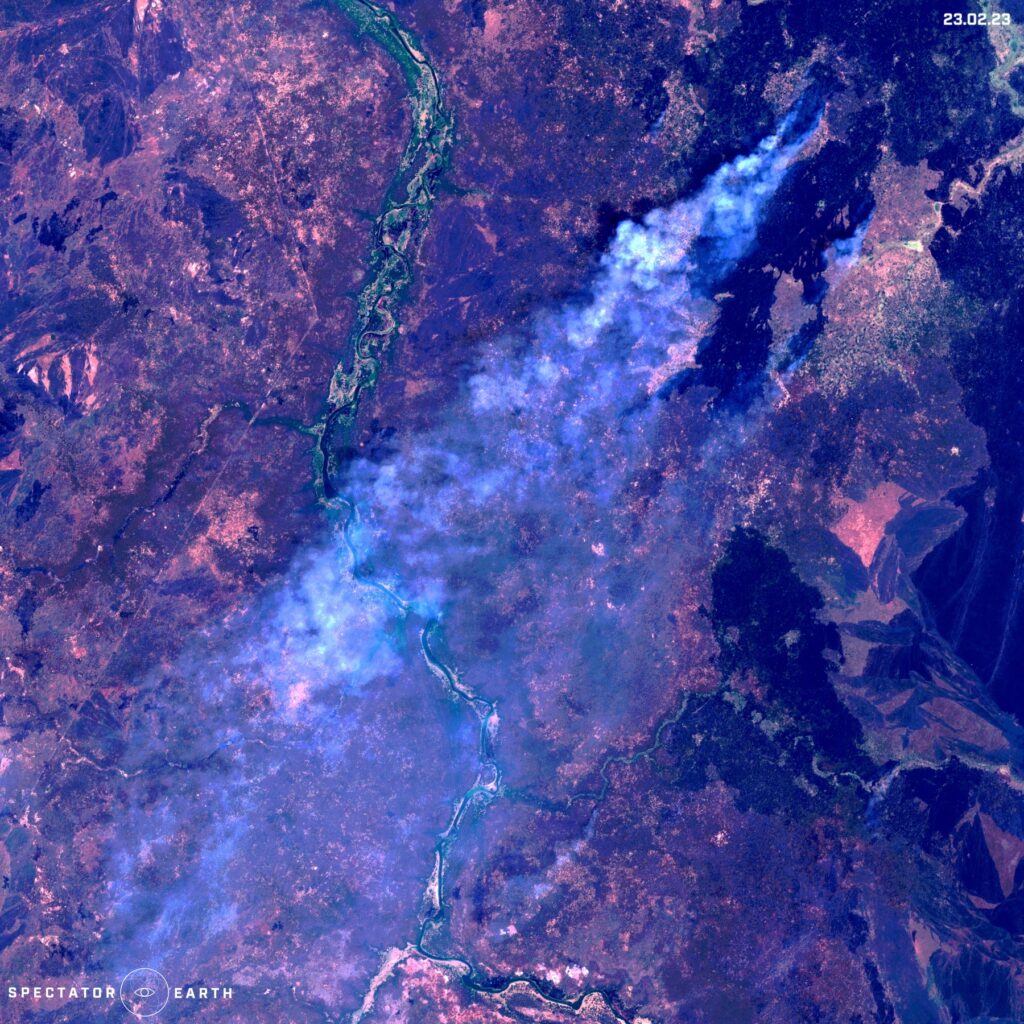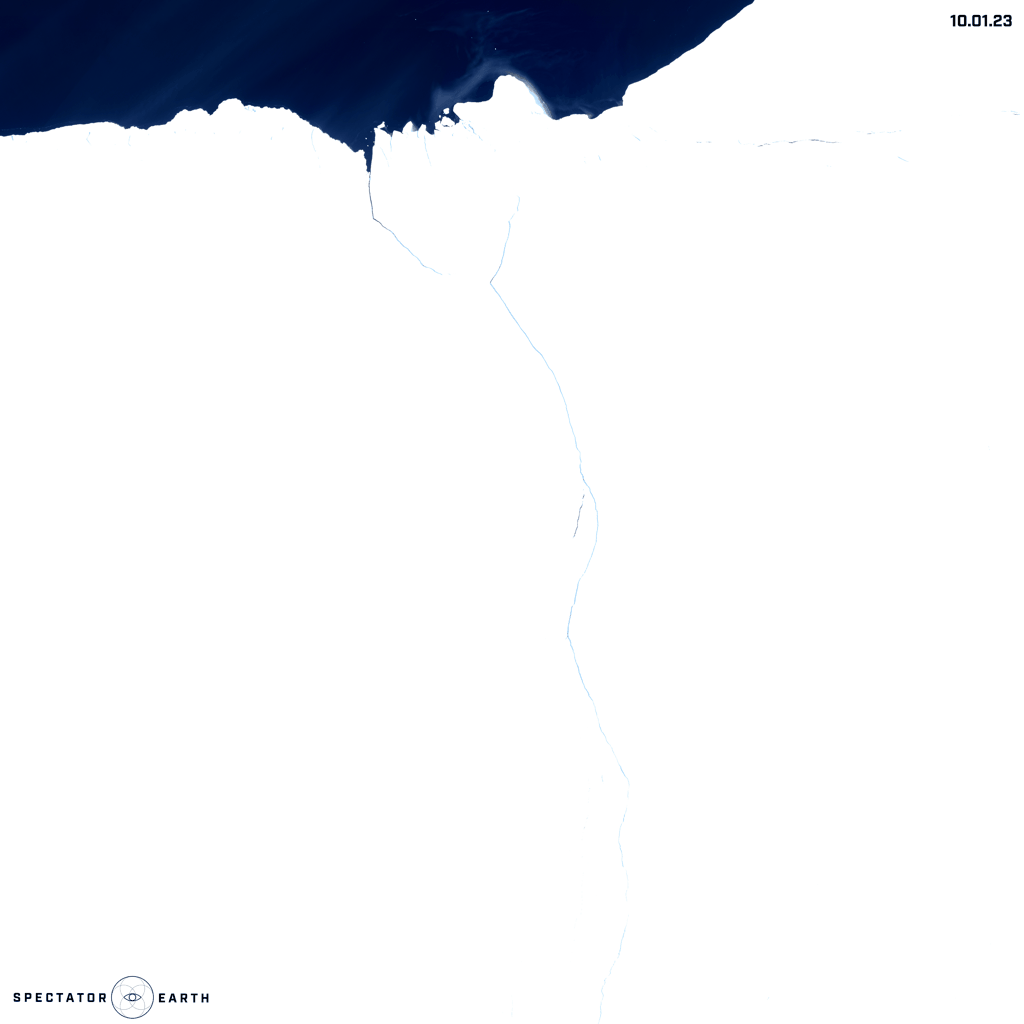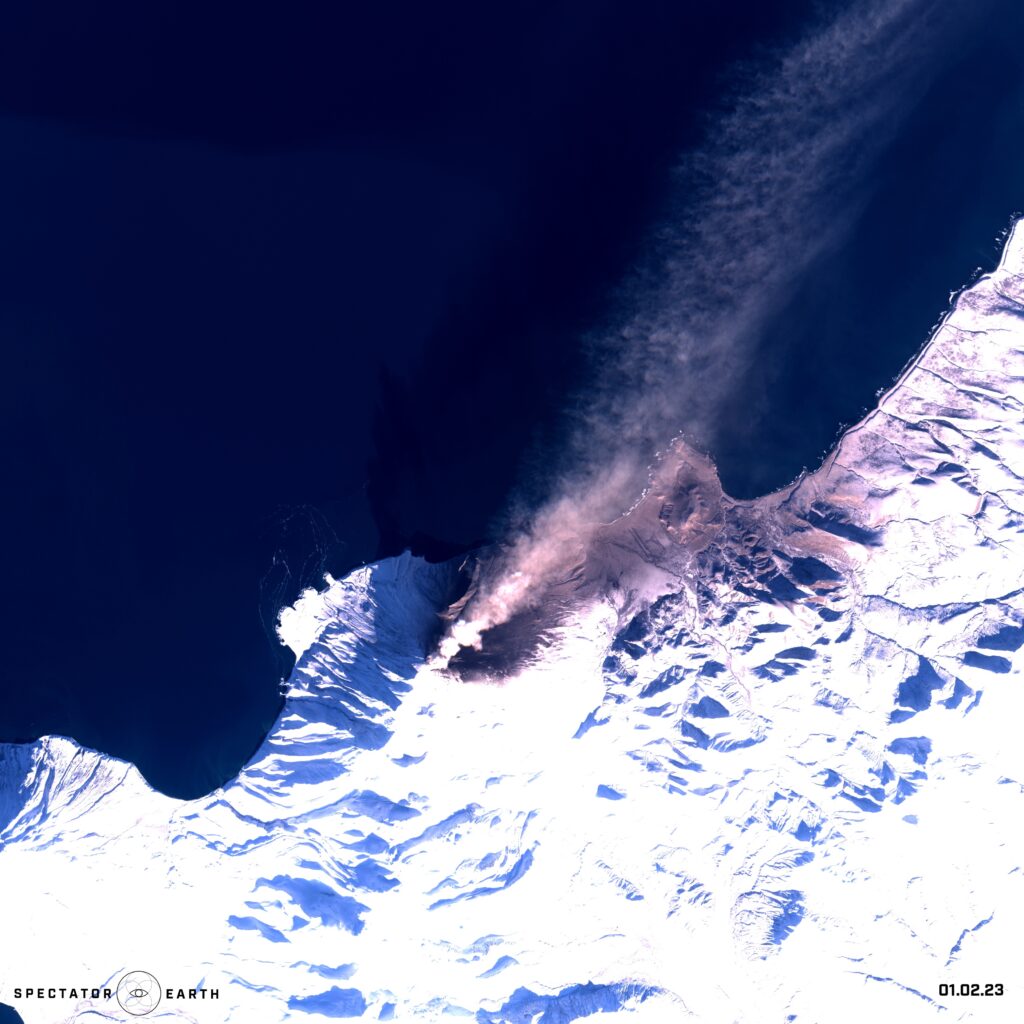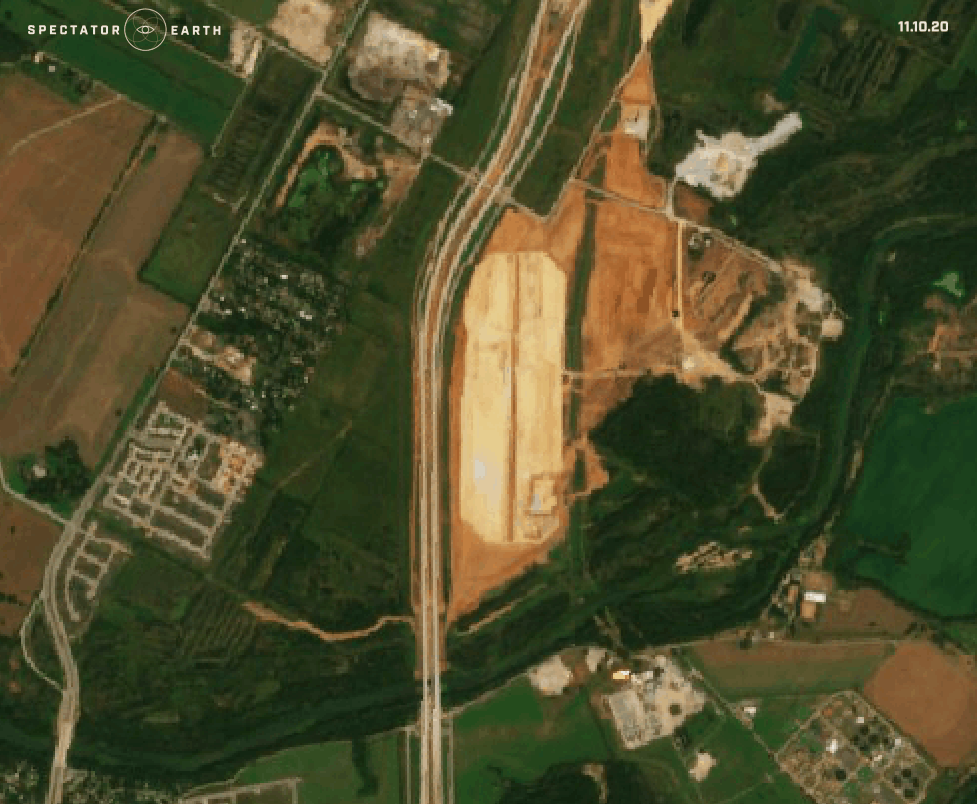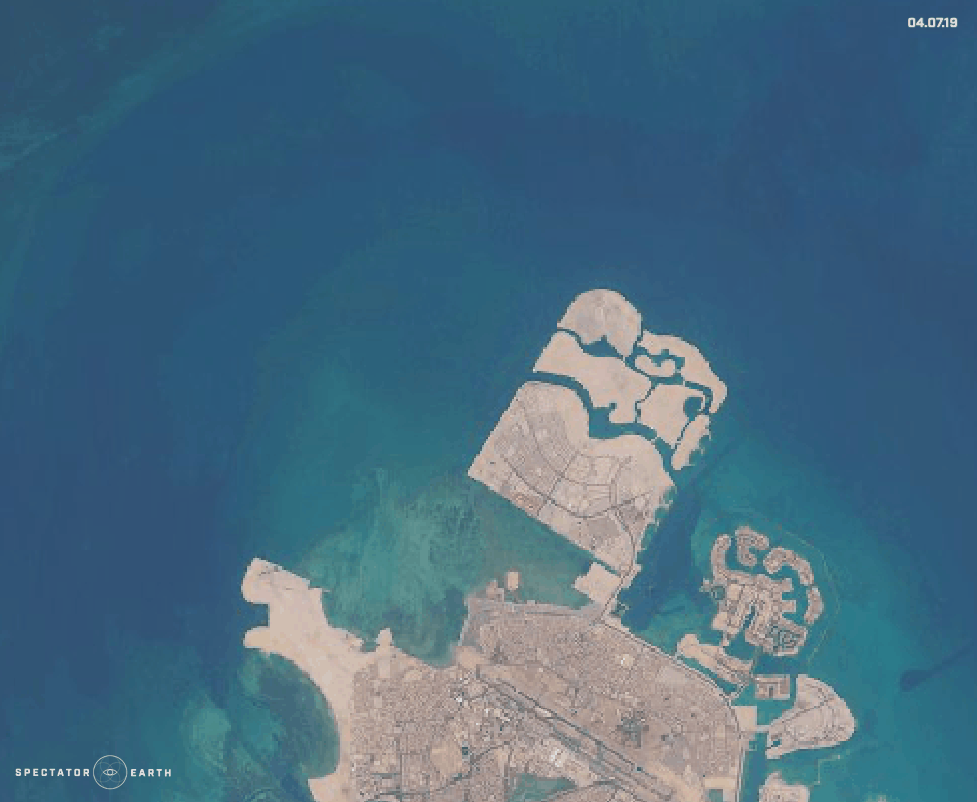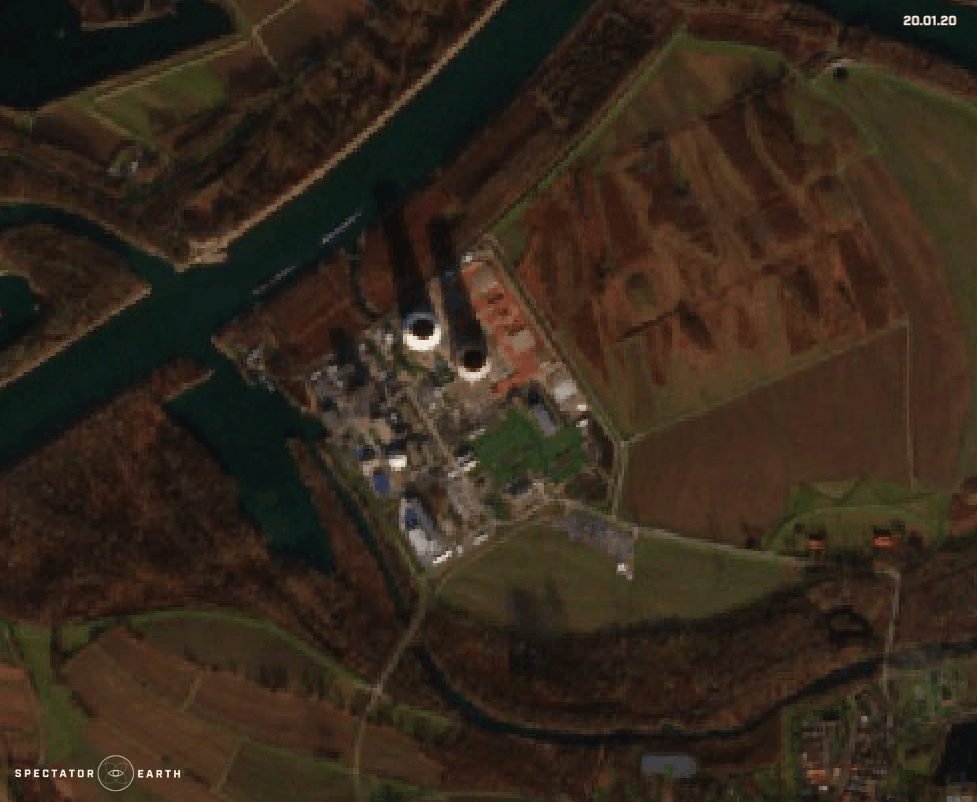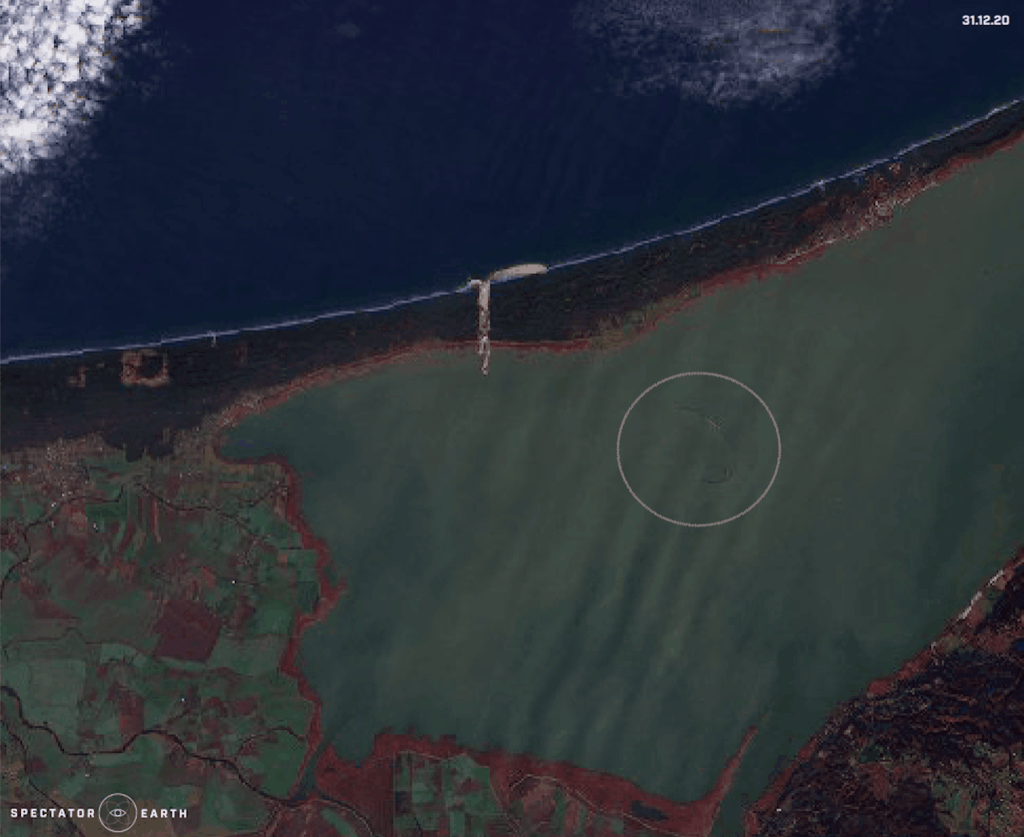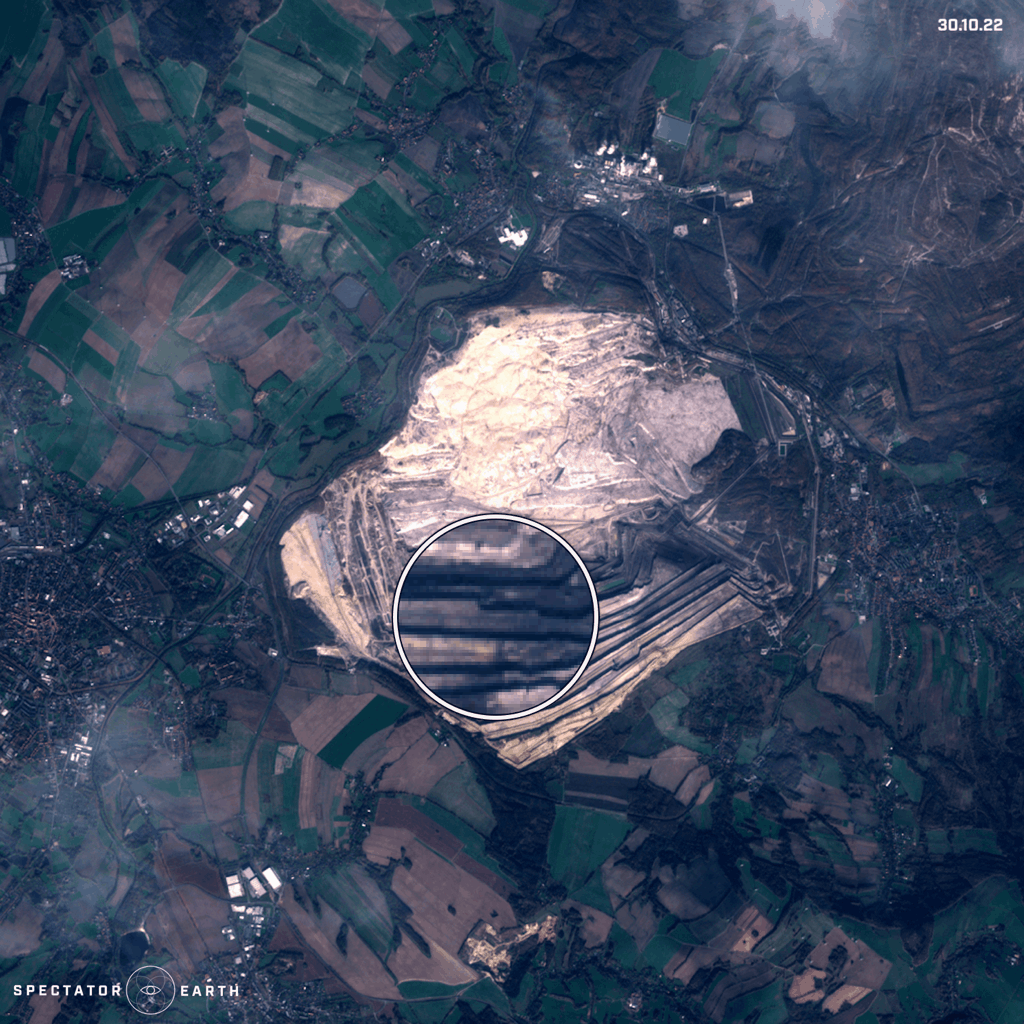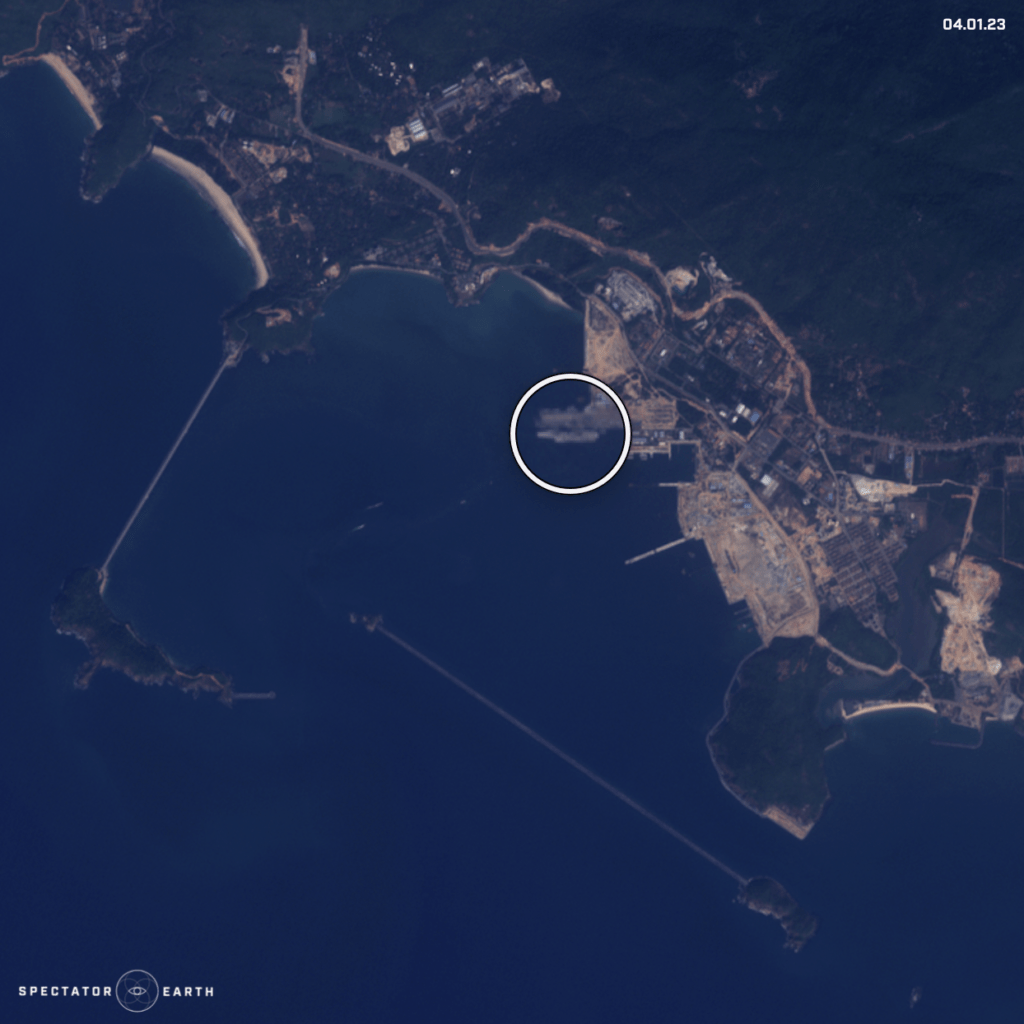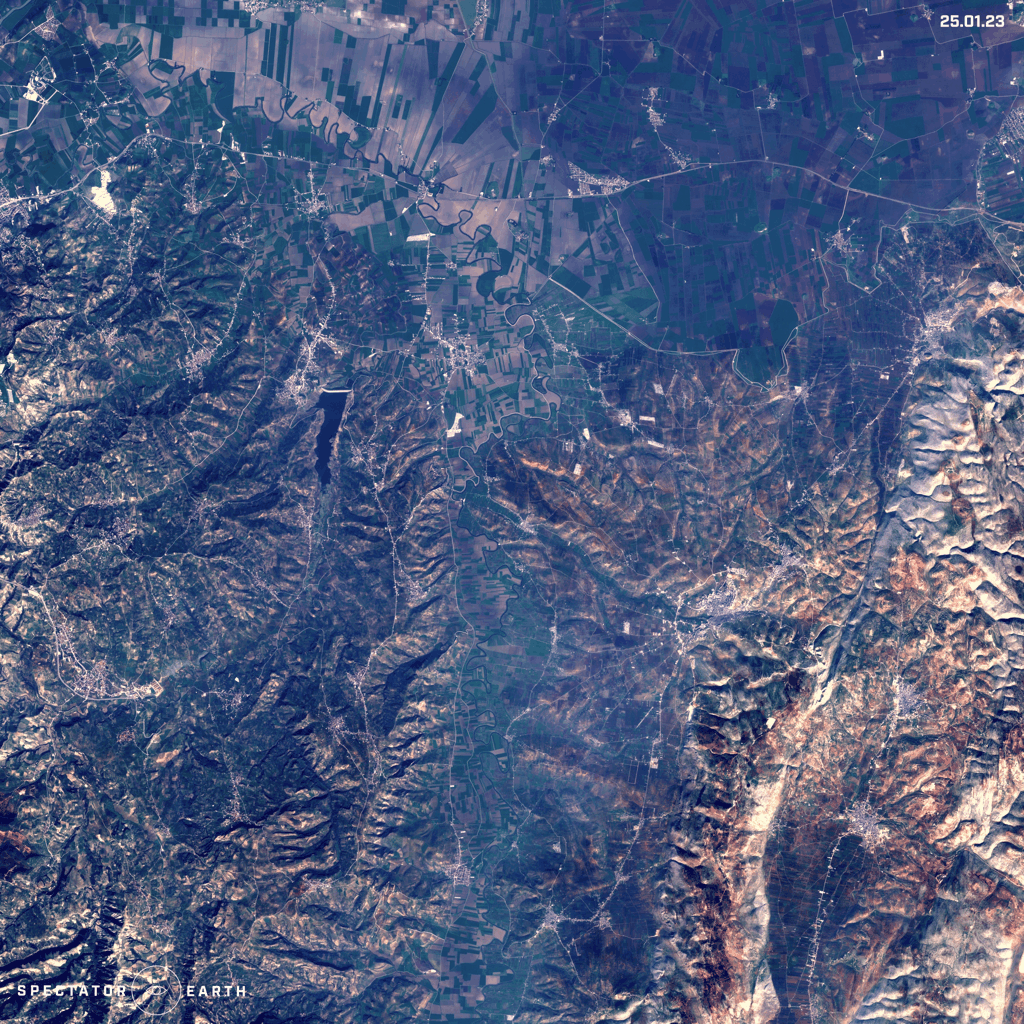
A very fun, full, and informative Geoawesomeness Munich Meetup – Earth Observation and Geospatial Analytics
Thanks to our Geoawesomeness community in Munich, the Feb 2nd meetup was a smash-hit again, this time at Werk1. We welcomed more than 60 geospatial enthusiasts from at least 24 different organizations for our first meetup of the year, with activities kicking off at 6:30pm and going all the way until doors closed at 10:00pm.
We had an action-packed lineup of speakers that evening with the topic Earth Observation and Geospatial Analytics. We started with “A geospatial impact assessment software” from Malin Fischer, MSc., Head of Data Science at VIDA. Her talk focused on her work on a case study highlighting the lack of electrification and where to expand to underserved areas in Africa. Secondly, we heard from Dr. Marta Sapena of DLR, who spoke on “The growing threat: Earth Observation for reducing landslide risk from climate change. The talk highlighted a case study in Medellin, Colombia where devastating landslides are all too common, which sought to better inform the at-risk residents. Just before the break, we heard a shoutout from Oliver Kremer, Head of Strategy at UP42, who joined us from Berlin as a collaborator for the meetup.


After a break for Pizza and beer, we reconvened for GAF AG’s Bishwa Ale Magar, MSc., and Hausala Shakya, MSc., both Geospatial Data Scientists, who shed light on advances in agricultural intelligence via EO data and software developments designed to help both farmers and governments manage resources optimally. Next up, Dr. Flavia Souza Mendes of the Ladies of Landsat, presenting “Diversity, Equity, Justice and Inclusion in the Earth Observation sector: Examples of how the EO community has begun refining itself” with special guests from the Sisters of SAR and Women+ in Geospatial offering insight on an increasingly diverse geospatial industry. Lastly, we heard from Dr. Andreas Eich of Liangdao, who spoke on the more technical but fascinating topic of self-driving vehicles. In an industry where other methods are commonly used, Dr. Eich’s team takes a different approach to autonomous driving with LiDAR and AI-enabled object detection. We finished with a lively panel discussion with questions, where no speaker was spared from the curious and engaged audience.
Meetups are a great place to learn about exciting projects, share with your peers, network in many circles, find a new job, or just come hang out, relax, and have a beer or two. That wouldn’t be possible without collaboration with our supporters. We thank UP42, who happily supplied the beers and pizza and super swag, as well as Werk1 for the welcoming space. You can check out more information about them at https://up42.com and https://www.werk1.com. Huge thanks to Muthu and Aleks for their constant support! Stay tuned for updates on our next event and join the Munich Geoawesomeness Community.
Until next time,
Your Munich Geoawesomeness Team
Abhi, Florian, Karen, Nianhua, Chris, Leo, and Sara





